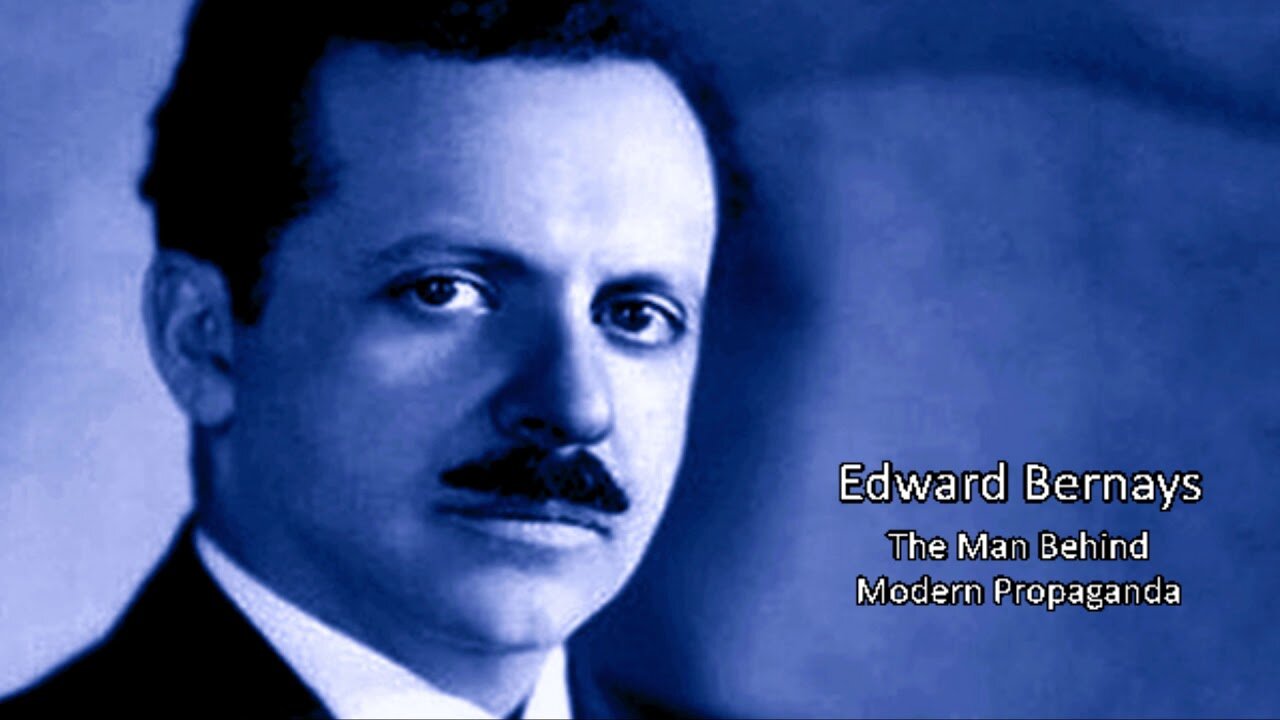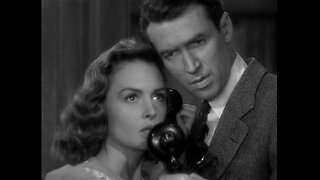Premium Only Content

The Century of the Self -Adam Curtis
1 "Happiness Machines"
2 "The Engineering of Consent"
3 "There is a Policeman Inside All Our Heads; He Must Be Destroyed"
4 "Eight People Sipping Wine in Kettering"
The ethnicity and religious backgrounds behind the main characters should tell you everything. This is why our society is where it is.
Sigmund Freud, the founder of psychoanalysis, changed our perception of the mind and its workings. The documentary explores the various ways that governments, global organizations and corporations have used Freud's theories. Freud and his nephew Edward Bernays, who was the first to use psychological techniques in public relations, are discussed in part one. His daughter Anna Freud, a pioneer of child psychoanalysis, is mentioned in part two. Wilhelm Reich, an opponent of Freud's theories, is discussed in part three.
Along these lines, The Century of the Self asks deeper questions about the roots and methods of consumerism and commodification and their implications. It also questions the modern way people see themselves, the attitudes to fashion, and superficiality.
The business and political worlds use psychological techniques to read, create and fulfill the desires of the public, and to make their products and speeches as pleasing as possible to consumers and voters. Curtis questions the intentions and origins of this relatively new approach to engaging the public.
In part four the main subjects are Philip Gould, a political strategist, and Matthew Freud, a PR consultant and the great-grandson of Sigmund Freud. In the 1990s, they were instrumental to bringing the Democratic Party in the US and New Labour in the United Kingdom back into power through use of the focus group, originally invented by psychoanalysts employed by US corporations to allow consumers to express their feelings and needs, just as patients do in psychotherapy.
Understanding which group or tribe is the head of the snake certainly helps with clarity.
**FAIR USE**
Copyright Disclaimer under section 107 of the Copyright Act 1976, allowance is made for “fair use” for purposes such as criticism, comment, news reporting, teaching, scholarship, education and research.
Fair use is a use permitted by copyright statute that might otherwise be infringing.
Non-profit, educational or personal use tips the balance in favor of fair use.
-
 2:48
2:48
Steven Crowder
1 day agoCROWDER CLASSICS: What’s This? | Nightmare Before Kwanzaa (Nightmare Before Christmas Parody)
292K12 -
 33:49
33:49
Quite Frankly
23 hours agoThe Christmas Eve Midnight Telethon
102K22 -
 2:12:46
2:12:46
Price of Reason
22 hours agoAmber Heard BACKS Blake Lively Lawsuit Against Justin Baldoni! Is Disney CEO Bob Iger in TROUBLE?
56.9K23 -
 1:01:17
1:01:17
The StoneZONE with Roger Stone
17 hours agoChristmas Edition: Why the Panama Canal is Part of the America First Agenda | The StoneZONE
127K47 -
 18:12:15
18:12:15
LFA TV
1 day agoLFA TV CHRISTMAS EVE REPLAY
142K18 -
 13:32
13:32
Scammer Payback
18 hours agoChanging the Scammer's Desktop Background to his Location
9.47K3 -
 4:21
4:21
BIG NEM
20 hours agoNikola Tesla's Secret to Cultivating Creativity & Genius
8.76K1 -
 15:03
15:03
The Anthony Rogers Show
1 day agoAnthony Rogers - Live at Cusumano's Pizza (Upstairs)
6.96K1 -
 4:33:48
4:33:48
tacetmort3m
1 day ago🔴 LIVE - THE ZONE KEEPS PULLING ME BACK - STALKER 2 - PART 15
73.2K13 -
 22:45
22:45
Brewzle
1 day agoI Went Drinking In A Real Bourbon Castle
52.9K4